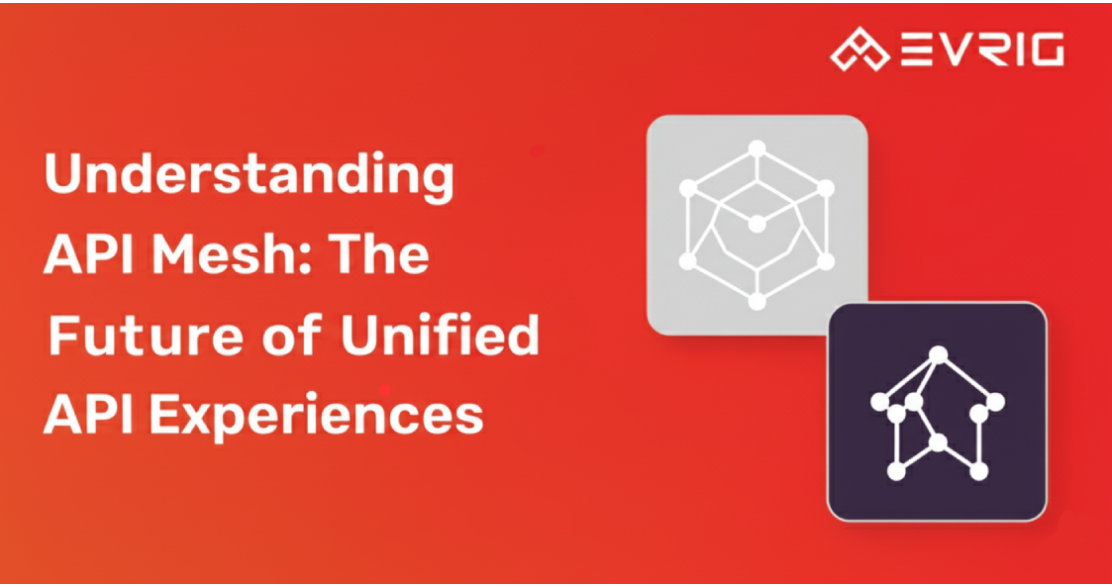In today’s interconnected digital landscape, modern applications rely on multiple APIs - internal services, third-party integrations and cloud platforms - all working together to deliver seamless customer experiences. Managing this growing complexity, however, can be challenging. That’s where API Mesh comes in.
What is API Mesh?
API Mesh is a modern architectural layer that helps organizations combine, manage and orchestrate multiple APIs into a single, unified interface. Think of it as a “smart layer” between clients and backend APIs - simplifying how data is fetched, transformed and delivered.
Instead of making multiple calls to different APIs, developers can define a mesh that merges multiple data sources and exposes a single, consistent endpoint.
Key Fundamentals of API Mesh
1. Unified Endpoint
Instead of clients calling various APIs directly, they call one endpoint provided by the mesh. The mesh then handles routing and data aggregation behind the scenes.
2. Composable Architecture
API Mesh supports composable commerce and modular architectures — allowing teams to connect microservices, SaaS APIs or legacy systems seamlessly.
3. Data Federation
It allows developers to combine data from different APIs (e.g., product info from Adobe Commerce, pricing from ERP, and inventory from PIM) into one response.
4. Security & Governance
The mesh can manage authentication, caching, and request throttling, ensuring consistent security policies across all APIs.
5. Performance Optimization
With features like caching, batching, and query optimization, API Mesh reduces latency and improves front-end performance.
What is API Mesh?
API Mesh is a modern architectural layer that helps organizations combine, manage and orchestrate multiple APIs into a single, unified interface. Think of it as a “smart layer” between clients and backend APIs - simplifying how data is fetched, transformed and delivered.
Instead of making multiple calls to different APIs, developers can define a mesh that merges multiple data sources and exposes a single, consistent endpoint.
Benefits of Using API Mesh
- Improved Performance: Single, optimized API layer for faster response times.
- Simplified Maintenance: Manage all integrations centrally.
- Scalability: Add or replace APIs without disrupting clients.
- Developer Productivity: Reduced code complexity and fewer integration headaches.
- Security & Governance: Unified access control, monitoring, and logging.
Example in Practice: Commerce API Mesh
Imagine an eCommerce store built on Adobe Commerce.
The front-end needs product details from Adobe Commerce, customer personalization from a CDP, and shipping rates from a logistics API.
Instead of handling three separate calls, an API Mesh can merge them into a single, well-structured API response - improving speed and maintainability.
Conclusion
As digital ecosystems grow more complex, API Mesh provides the flexibility, performance and scalability businesses need to thrive. It empowers teams to build unified digital experiences faster, with better control and less backend chaos.
